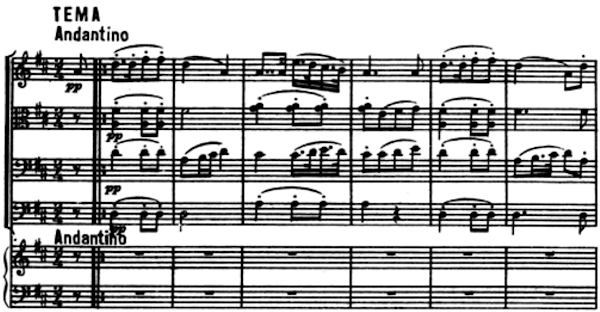Sorry, but Part 2 of last week's "Chain of associations" post ("Retracing how 'Excerpt I' came into my head + the odd path to 'Excerpt II' + a stab at explaining how it mattered") isn't quite ready. I'm aiming for tomorrow.
In the meantime --
WE HAVE MUSIC RELEVANT TO THE WORK-IN-PROGRESS
Set design by Konstantin Ivanov for Ballet No. 1's first performance, 1892
The start of Ballet No. 1
[2:56] Pittsburgh Symphony Orchestra, William Steinberg, cond. Command, recorded in Soldiers & Sailors Memorial Hall, Apr. 29, 1964
The start of Ballet No. 2
[2:25] New Philharmonia Orchestra, Leopold Stokowski, cond. Decca 'Phase 4', recorded in Kingsway Hall, London, September 1965
The start of Ballet No. 3
[2:29] Orchestre de la Suisse Romande, Ernest Ansermet, cond. Decca, recorded in Victoria Hall, Geneva, November 1958
by Ken
Again, these are the openings of three really well-known ballets. I'll be surprised if you don't recognize all of them. In a moment -- well, right after the click-through -- we're going to hear them again, properly identified, and with additional performances of each of our ballets. Plus, as a bonus, we're going to hear how one of them continues on a bit once the stage action begins.
HERE ARE OUR THREE BALLETS PROPERLY IDENTIFIED
(And now with an interesting assortment of performances)
In the meantime --
WE HAVE MUSIC RELEVANT TO THE WORK-IN-PROGRESS
Set design by Konstantin Ivanov for Ballet No. 1's first performance, 1892
The start of Ballet No. 1
[2:56] Pittsburgh Symphony Orchestra, William Steinberg, cond. Command, recorded in Soldiers & Sailors Memorial Hall, Apr. 29, 1964
The start of Ballet No. 2
[2:25] New Philharmonia Orchestra, Leopold Stokowski, cond. Decca 'Phase 4', recorded in Kingsway Hall, London, September 1965
The start of Ballet No. 3
[2:29] Orchestre de la Suisse Romande, Ernest Ansermet, cond. Decca, recorded in Victoria Hall, Geneva, November 1958
by Ken
Again, these are the openings of three really well-known ballets. I'll be surprised if you don't recognize all of them. In a moment -- well, right after the click-through -- we're going to hear them again, properly identified, and with additional performances of each of our ballets. Plus, as a bonus, we're going to hear how one of them continues on a bit once the stage action begins.
HERE ARE OUR THREE BALLETS PROPERLY IDENTIFIED
(And now with an interesting assortment of performances)































